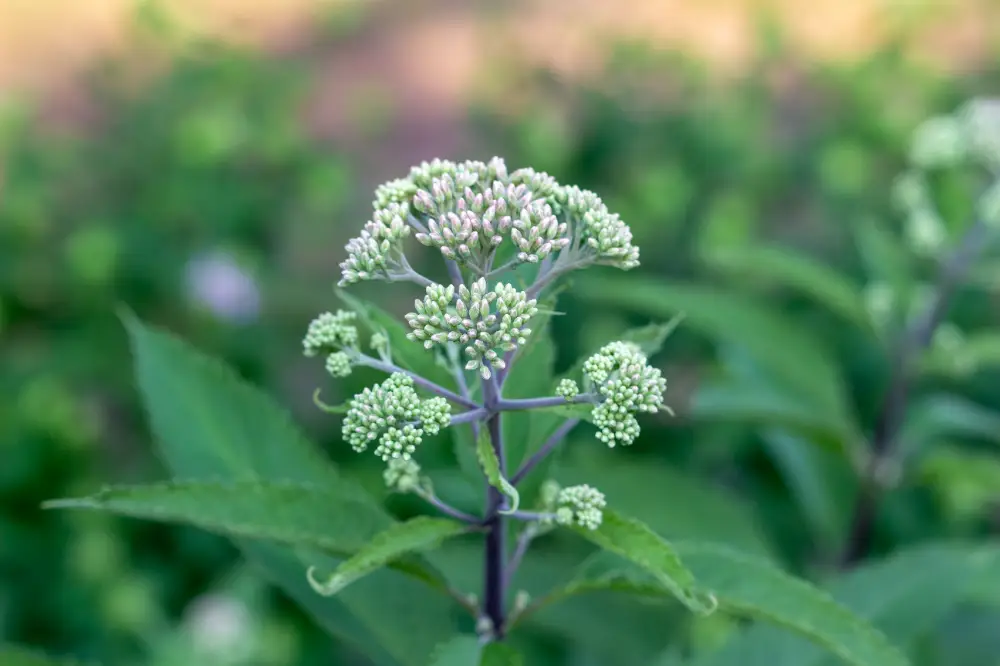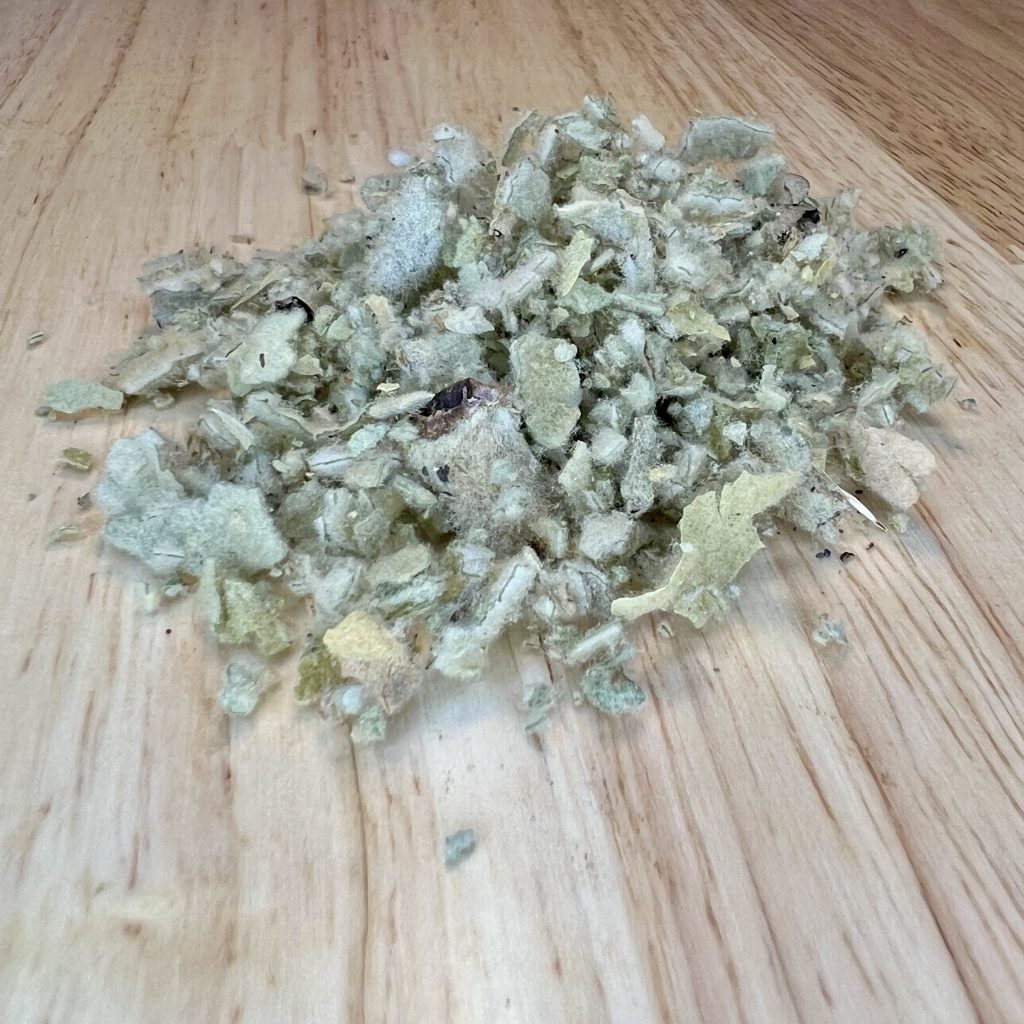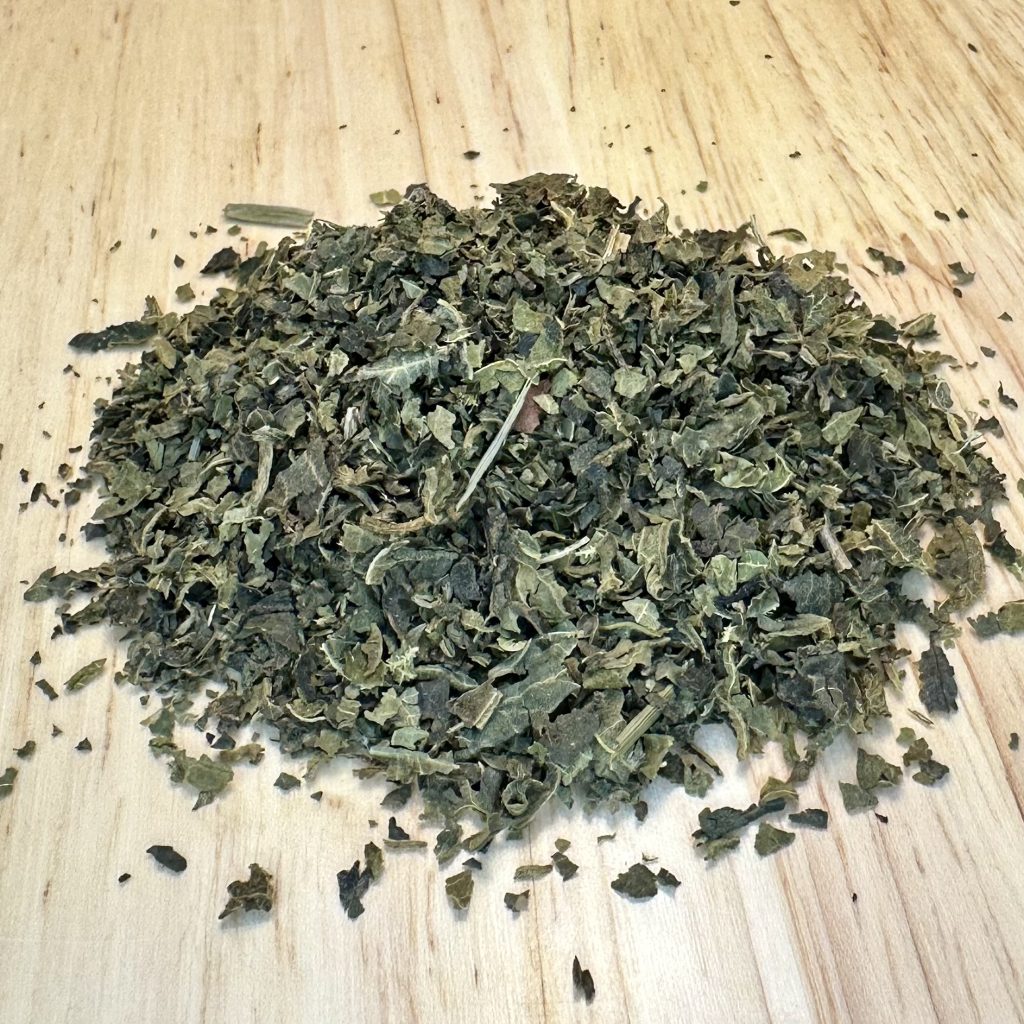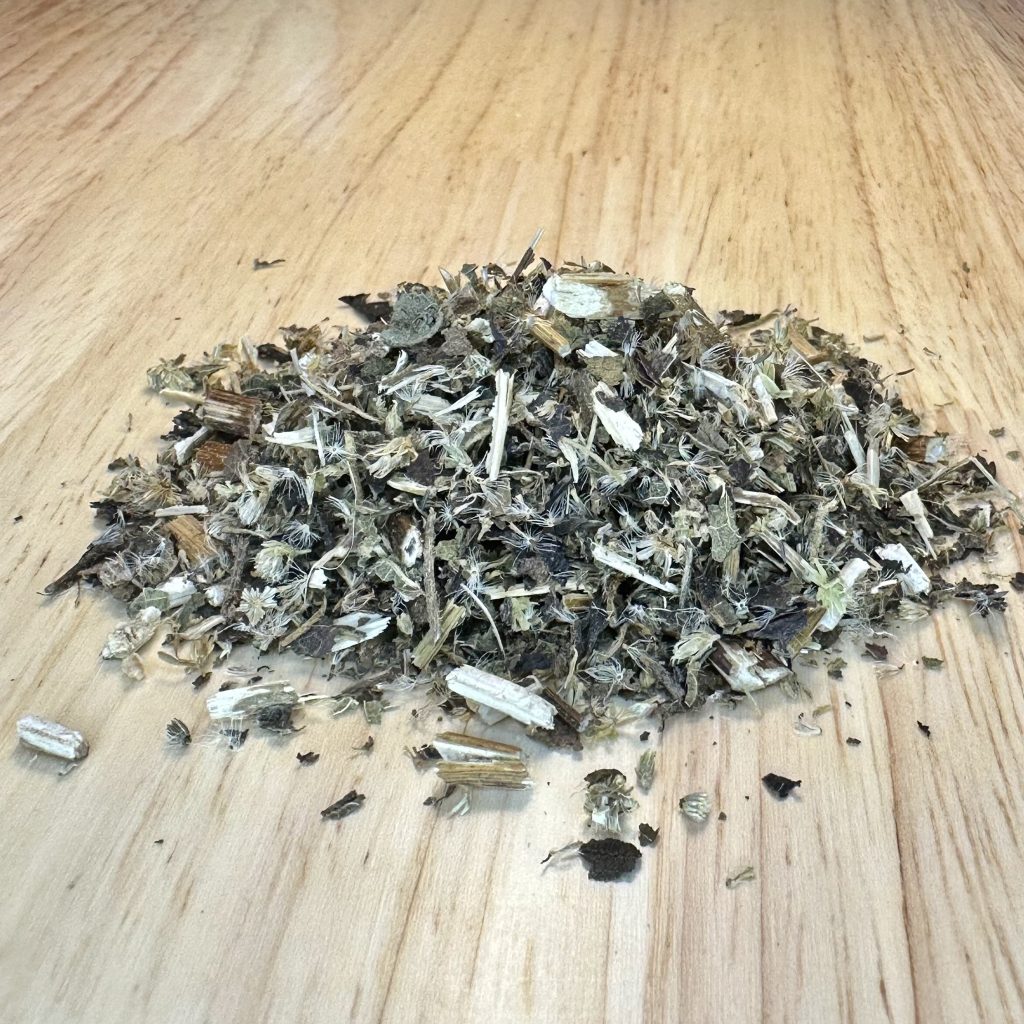Medicinal Action
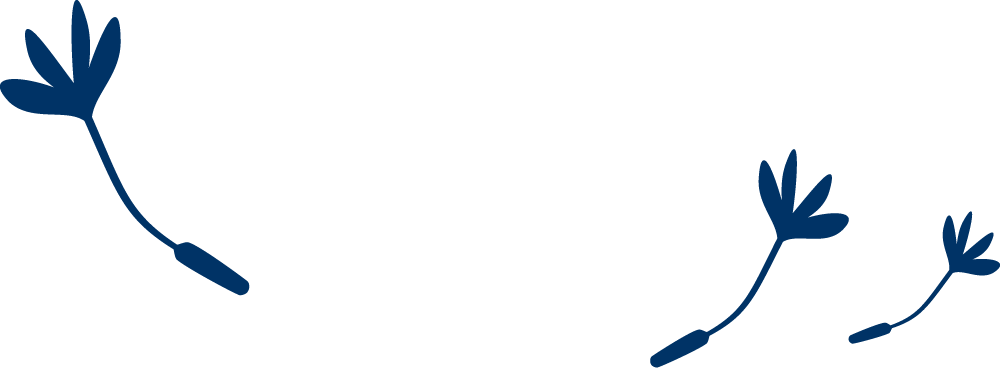
Immune Stimulant
Immune stimulants work by activating immune cells, increasing the production of antibodies, and enhancing the body’s response to pathogens. These herbs are particularly useful during the onset of infections or when the immune system needs a temporary boost. Echinacea (Echinacea spp.) is a well-known immune stimulant that activates white blood cells and supports the body’s response to infections. Elderberry (Sambucus nigra) enhances immune defense and helps the body combat colds and flu. Garlic (Allium sativum) supports immune function by stimulating immune cells and providing antimicrobial properties. These herbs, when used appropriately, provide natural and effective support for boosting immune activity during times of need.
Note: Immune stimulants are typically used for short-term support rather than for long-term immune regulation.

Products containing Immune Stimulant
Discover our collection of artisanal salves for holistic healing.
Monographs with the (Immune Stimulant) function
Prickly Ash
Prickly Ash Bark (Zanthoxylum americanum) is a dynamic, warming tonic that encourages movement, clarity, and vitality. Traditionally used by Indigenous peoples and early North American herbalists, it is valued as a circulatory stimulant and nervine tonic — an ally for those who feel sluggish, chilled, or stagnant.
This vibrant bark enlivens the body’s rivers of circulation, stimulating both blood and lymphatic flow. Its gentle tingling on the tongue reflects its activating nature — awakening digestion, supporting healthy warmth, and promoting awareness in the periphery.
Energetically, Prickly Ash embodies the spark of renewal. It helps encourage a sense of warmth and natural circulation throughout the body, restoring aliveness and gentle momentum.
Crafted through a 60% organic cane ethanol extraction, this tincture preserves the bark’s full aromatic and bitter complexity, capturing its ancient wisdom and vital fire.
Dosage
Take 2-4 mL (approximately 20–40 drops) up to three times daily in a small amount of water or directly on the tongue.
Best taken before meals to support circulation and digestion, or as needed when feeling cold or energetically sluggish.
Pairs well with warming teas and practices that move energy — such as walking, breathwork, or gentle stretching.
Cautions
Generally well-tolerated at suggested dosages. Consult a qualified healthcare provider before use if you are:
-
Pregnant or nursing
-
Experiencing acute inflammation or hot, dry conditions
-
Managing gastrointestinal irritation or ulcers
-
Taking medications that affect circulation or blood clotting
Avoid excessive use; Prickly Ash is a stimulating herb best used in moderate amounts.
Mullein Leaf (Verbascum thapsus)
Historical Use:
Mullein has a long history of use in European folk medicine and among many Native American nations as a soothing herb for the lungs. The leaves and flowers were commonly brewed as a tea or smoked to ease coughs, bronchitis, and asthma. The plant’s soft, velvety leaves were applied as poultices to calm inflammation and promote healing of burns, wounds, and skin irritations. Mullein flowers were traditionally infused into oil to relieve earaches and reduce pain and swelling in the ear.
Current Uses:
Mullein remains a popular respiratory remedy. Its expectorant and demulcent properties help thin and move mucus, making coughs more productive and easing breathing during colds, bronchitis, and other congestive conditions. Teas, tinctures, and syrups are frequently used to soothe sore throats and support overall lung health.
Externally, mullein is applied in infused oils, poultices, and compresses to calm irritation, reduce inflammation, and assist with wound healing. Mullein flower oil continues to be a staple in ear drop preparations to ease ear discomfort and support a healthy inflammatory response.
Beyond respiratory and topical uses, mullein is sometimes used to soothe irritated mucous membranes in the digestive tract and gently support elimination when there is dryness or inflammation.
Learn More:
Want to explore more about energetics, history and more? Visit our Materia Medica section and search for this herb to deepen your understanding.
Nettle Leaf (Urtica dioica)
Our sourcing partners uphold fair wages, safe working conditions, and inclusive practices that value the hands and hearts behind each harvest.
Every bag supports small-scale regenerative growers and the renewal of our soil, communities, and connection to the earth.
Nettle has a long tradition of use across Europe and Asia as a strengthening spring tonic, valued for its ability to “cleanse the blood” and restore vitality after the winter months. Fresh nettles were sometimes used for urtication — intentionally brushed on the skin — to stimulate circulation and relieve joint pain or stiffness.
Current Uses:
Nettle leaf is now widely recognized as a nutrient-rich herb, abundant in vitamins A, C, K, and minerals such as calcium, magnesium, and iron. The leaf is taken as tea, infusion, or food to replenish nutrients, support general health, and gently build strength. Its anti-inflammatory actions make it a key ally for easing arthritis, joint pain, and muscle soreness. Many herbalists recommend nettle leaf for reducing seasonal allergies and supporting clear, healthy breathing, likely due to its influence on histamine pathways.
Nettle leaf is also used to encourage healthy kidney and urinary function and is considered mildly diuretic, supporting the removal of excess fluids. Externally and internally, nettle leaf has been used to support healthy skin and hair, helping reduce dandruff, strengthen hair, and soothe skin conditions such as eczema.
Nettle root is distinct in its action, most notably used to support urinary flow and prostate health in cases of benign prostatic hyperplasia (BPH). It is also considered mildly astringent and has been traditionally used to address excessive bleeding.
Nettle seed is prized as a nutritive tonic, rich in fatty acids and micronutrients. Contemporary herbalists use nettle seed as a rejuvenative herb, sometimes referred to as an adaptogen, to support energy, endurance, and overall vitality.
*To learn more about this plant’s traditional and modern uses, energetics, and potential contraindications, visit our Materia Medica section and search for this herb by name. There, you’ll find detailed notes on safe use and preparation methods.
Boneset (Eupatorium perfoliatum)
Uses
Fever Reduction (Febrifuge):
Boneset is primarily known for its use in breaking fevers. Historically, it was used to promote sweating, helping the body cool down during high fevers caused by the flu, colds, or infections. Its diaphoretic action makes it highly effective for reducing body temperature naturally.
Treatment of Influenza and Cold Symptoms:
Traditionally, Boneset was a key herb in treating influenza and severe colds. It helps to alleviate body aches, chills, and congestion associated with these conditions. Native American tribes, particularly the Delaware and Iroquois, valued Boneset for its ability to relieve the “bone-breaking” pain that often accompanies these illnesses.
Digestive Support:
Boneset was also used as a mild laxative and digestive tonic. It helps relieve constipation and is thought to support the liver, promoting detoxification and improving overall digestive health.
Anti-inflammatory and Pain Relief:
Due to its anti-inflammatory properties, Boneset has traditionally been used to relieve rheumatic pains and other joint discomforts. It is particularly beneficial for treating inflammatory conditions that affect the bones, joints, and muscles.
Immune Support:
Boneset has historically been used to boost the immune system, particularly during viral infections. It helps to strengthen the body’s defenses, speeding recovery and preventing the recurrence of illness.
Learn More:
Want to explore more about energetics, history and more? Visit our Materia Medica section and search for this herb to deepen your understanding.
